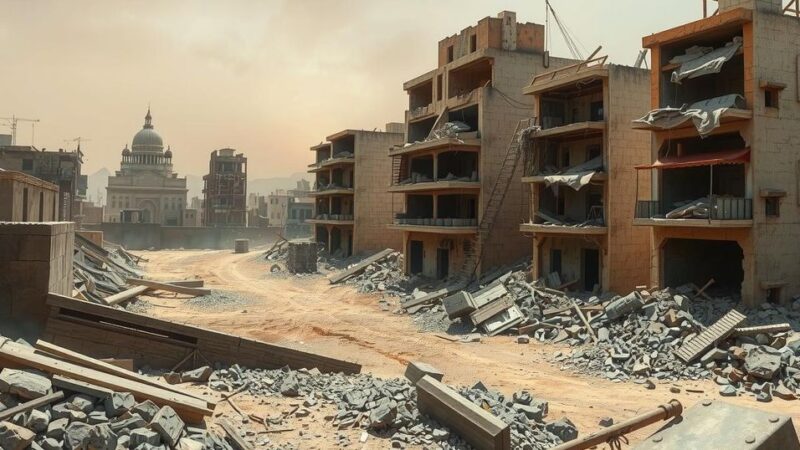The March 10, 2025, Congo War Security Review highlights M23’s strategic advances in eastern DRC, including militia defections that weaken pro-Congolese forces. The U.S. is open to minerals partnerships, while the DRC government has issued bounties for M23 leaders. Intense conflicts continue across various axes, reshaping military and diplomatic landscapes.
The Congo War Security Review, dated March 10, 2025, reports significant conflict developments in the eastern Democratic Republic of the Congo (DRC). The M23 rebel group has made considerable progress towards Walikale district, having captured a strategic town along the main access road. This advancement has led to the defection of at least three pro-Congolese government militia factions to M23, posing challenges to the Congolese army’s (FARDC’s) containment efforts. The U.S. has expressed willingness to explore a minerals partnership with the DRC, while the government has placed a bounty on M23 leaders who are essential to the conflict.
Under the Northern Axis, three pro-Congolese militia factions have officially defected to M23’s political alliance, Alliance Fleuve Congo (AFC). This coalition includes the Mai-Mai Kabidon (FPP-AP) and other groups, indicating shifting allegiances in North Kivu. Reports indicate that these factions have initiated mobilization towards strategic positions, which could further bolster M23’s efforts in the region. M23’s tactical maneuvers are aimed at flanking FARDC positions in Lubero, reflecting a strategic offensive development.
In the Southern Axis, there are reports of clashes between FARDC forces and M23-aligned groups near Minembwe town. FARDC executed air strikes targeting Twirwaneho positions, emphasizing the ongoing conflict’s intensity. These confrontations highlight FARDC’s attempts to regain control over territories recently captured by M23-aligned factions. The battle continues to intensify as different rebel groups vie for strategic locations.
Along the Northwest Axis, M23 captured key crossroads in Masisi district, enhancing their control and further complicating FARDC’s efforts to reclaim lost territory. The loss of road access for pro-Congolese militia hinders their operational capabilities and facilitates M23’s potential movements towards Walikale district. The successful seizure of Nyabiondo allows M23 to consolidate their gains in a region rich in valuable minerals.
From the Southwest Axis, there are no significant updates available at this time.
Significant political developments include the U.S. Department of State’s willingness to discuss a minerals partnership with the DRC, aligning with President Tshisekedi’s public invitation to both the U.S. and the EU regarding DRC’s mineral resources. The government has also incentivized information leading to the arrest of key M23 figures, fortifying efforts against the rebel leadership. Engagements at diplomatic levels indicate potential shifts in international involvement in the ongoing conflict, particularly concerning mineral resources in the DRC.
The Congo War Security Review for March 10, 2025, outlines critical developments in eastern DRC, particularly the gains made by the M23 rebel group and the subsequent defections of pro-Congolese militia. The potential of a new U.S.-DRC minerals partnership adds a layer of complexity to the conflict dynamics. As M23 consolidates power, the FARDC faces unprecedented challenges in regaining control over strategic territories. The interplay of military actions and international negotiations will be pivotal in shaping future outcomes in the region.
Original Source: www.criticalthreats.org






